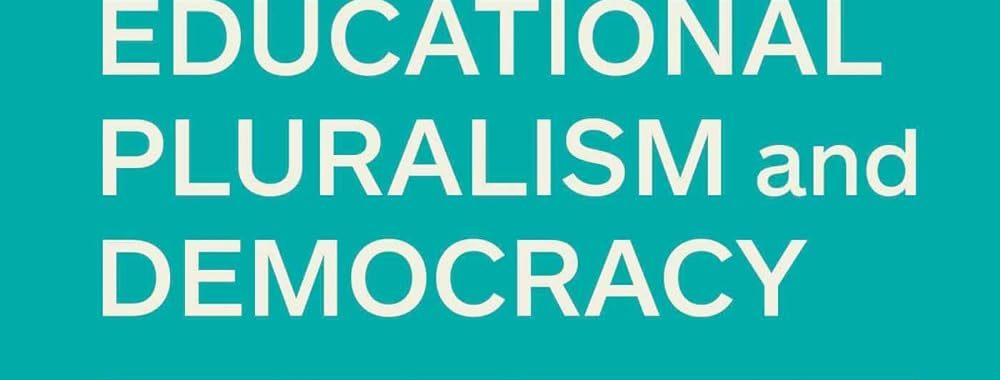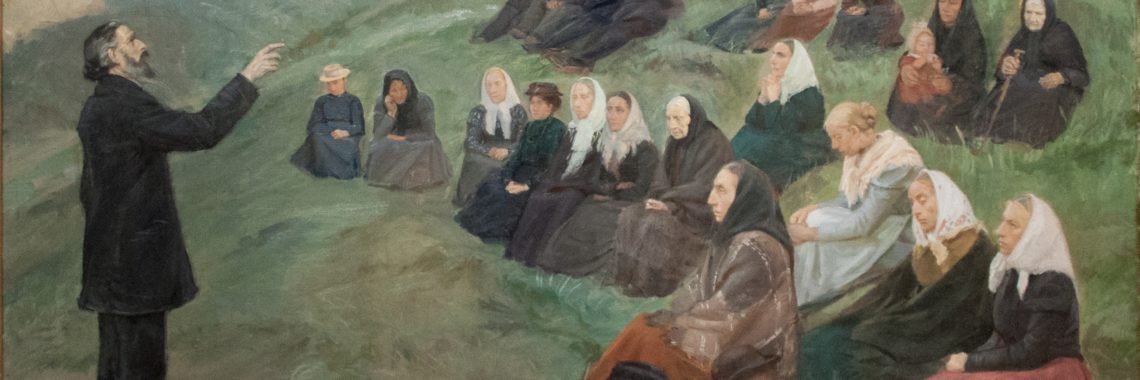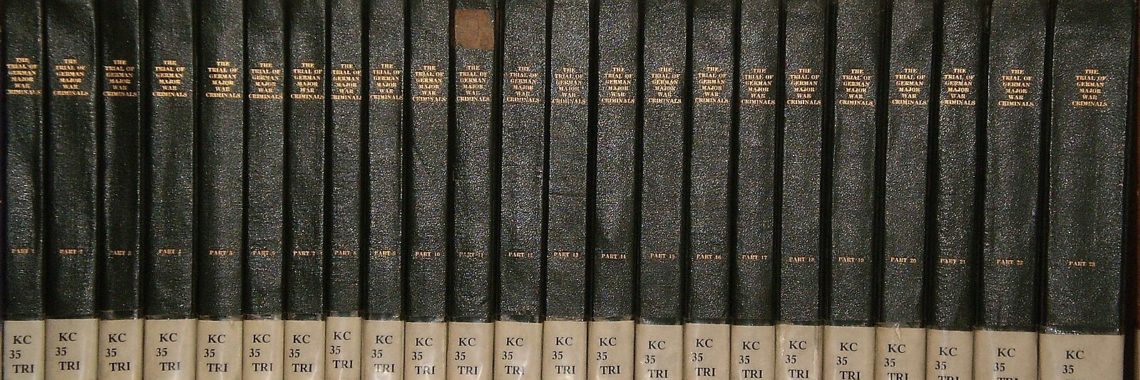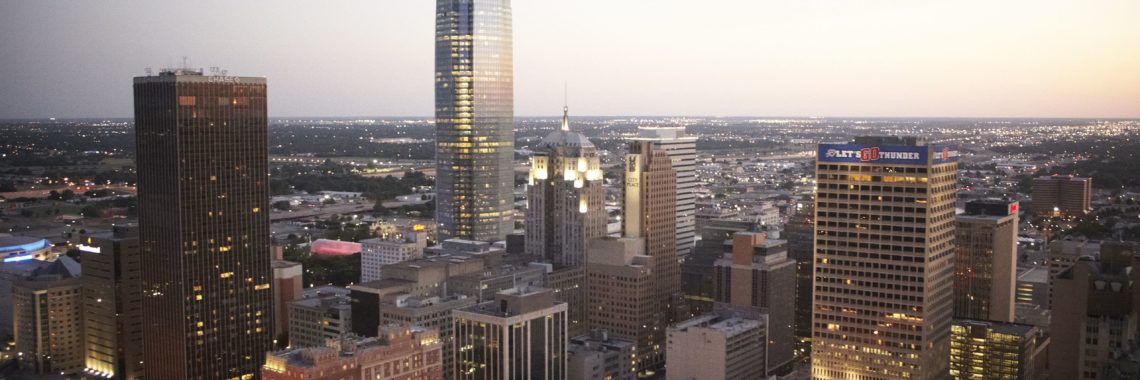A Religious “Delaware”: Establishing a State Haven for Religious Corporations by Ian Speir
The Arrival of Pilgrim Fathers by Antonio Gisbert (Public Domain) Protections for the religious freedom and internal affairs of religious organizations are largely a matter of judge-made First Amendment law. While the Supreme Court has acted to protect institutional religious freedom in important cases, many American jurisdictions take a narrow view of this right and…










